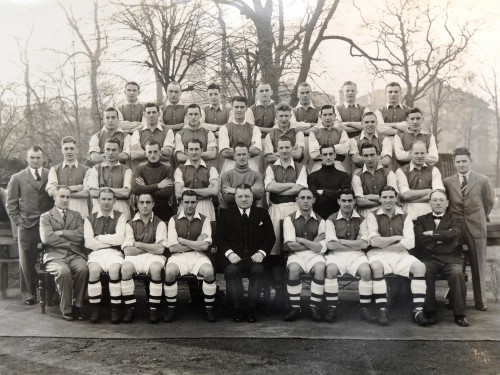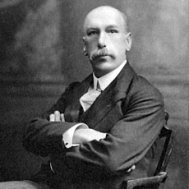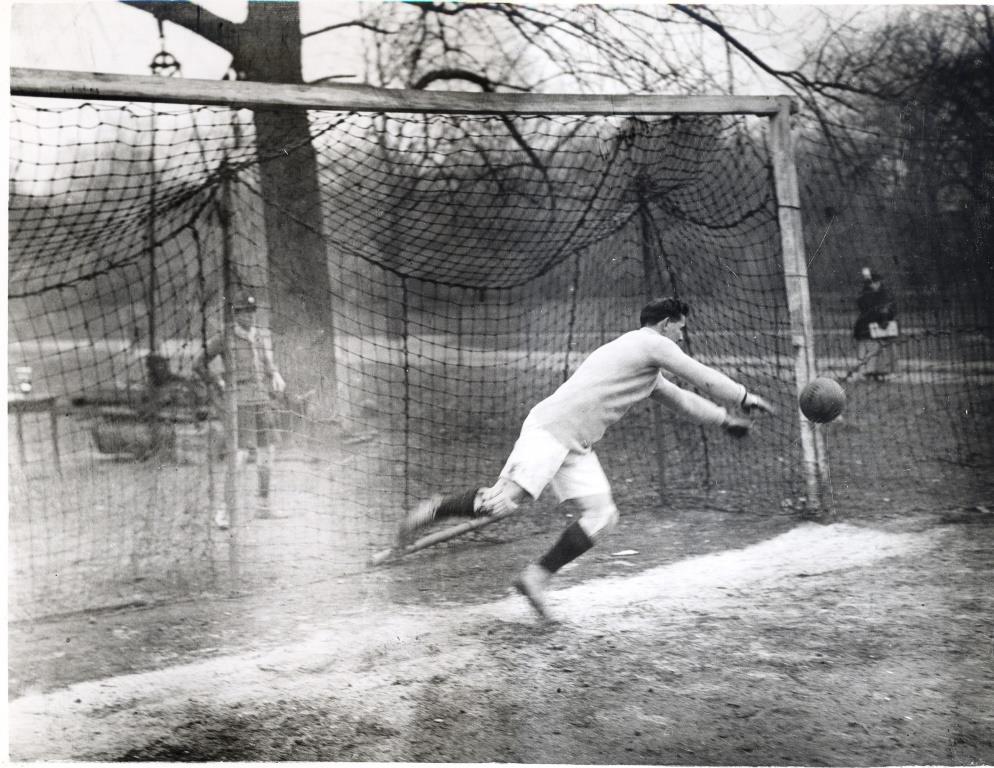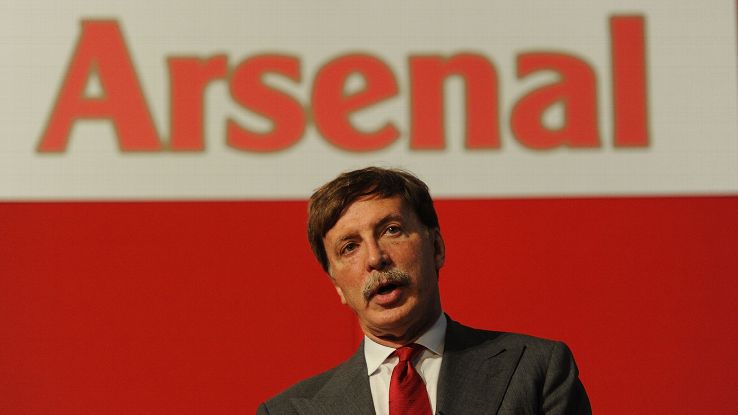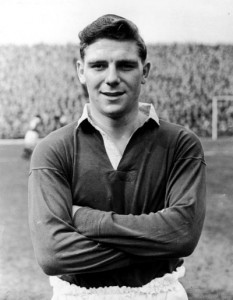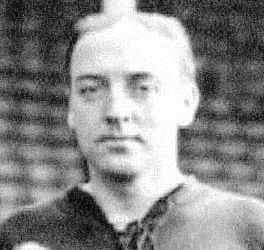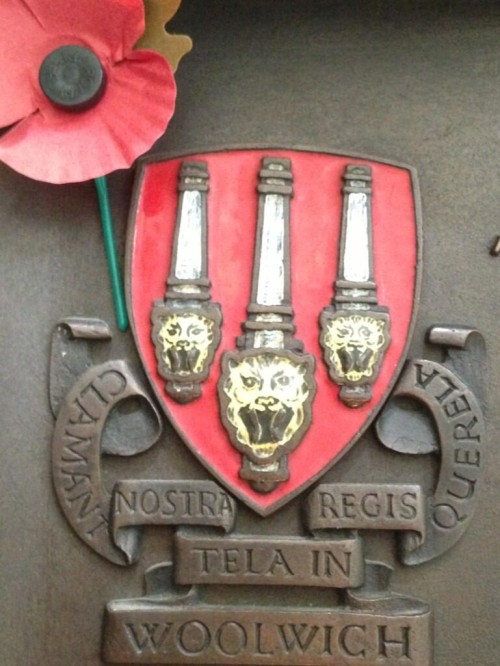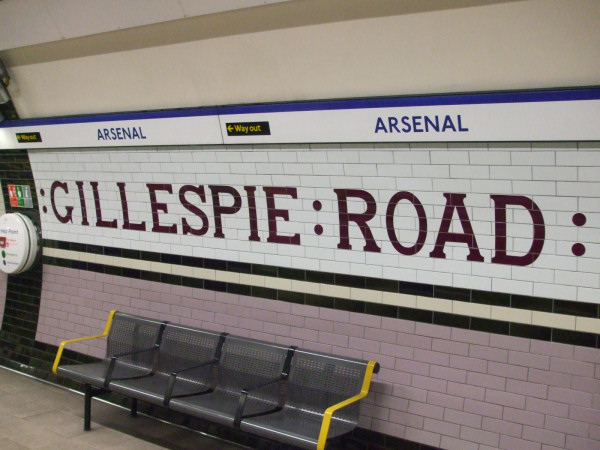by Andy Kelly, Phil Wall and Mark Andrews
Part two of this look at Arsenal ownership examines the time since Stan Kroenke came on the scene.
For part one see here.
Again this is jointly written with Phil Wall whose excellent blog can be viewed here.
2007
It’s well-known that Stan Kroenke was introduced to Arsenal by David Dein, whose thinking was that Kroenke’s money could help Arsenal compete with the newly rich Chelsea, who were benefitting from Roman Abramovich’s billions. It is understood that Dein brokered the deal between Granada and Kroenke, with the view that Kroenke could take over the club and make cash available to cover Arsenal through the potentially tricky period between building the new stadium and finishing the redevelopment of Highbury and other sites linked to the property deals. Bear in mind that this was still before the financial crisis, and the club expected to easily make eight-figure profits from the property development. Kroenke bought Granada Media’s 6,216 shares (9.99%) and by the end of May 2007 he held 7,584 (12.2%). He’d bought 659 of these from Danny Fiszman, who’d decided to round his holding down to exactly 15,000 shares. It’s believed that Fiszman didn’t realise at the time he was selling to Kroenke and was not pleased about it.
At this stage Kroenke was still not welcomed by the rest of the Arsenal Board, who considered Dein had gone behind their backs. This was one reason for a falling-out between old friends Dein and Fiszman. As a result Dein was dismissed from the Board of directors in April 2007. Read More →
